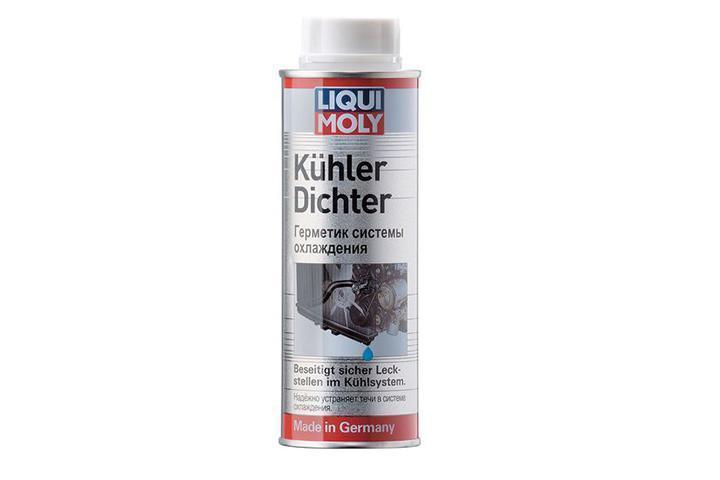
Choosing the best cooling system sealant
Content
What is a radiator sealant and how does it work?
Radiator sealant is a kind of express help for a leaky car cooling system on the road. A lot of negative opinions and skeptics arose precisely on the basis of a misunderstanding of the concept of these compositions.
For some reason, some car owners decided that the radiator sealant must tightly and permanently seal a hole in a honeycomb or a burst pipe. This, of course, does not happen. Which causes a flurry of negative statements about these generally useful (and sometimes even irreplaceable) means.
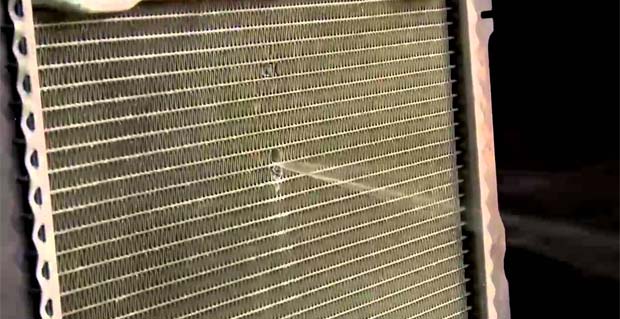

The exact composition of modern radiator sealants has not been disclosed. However, it is known that all these products, regardless of the manufacturer, have the following properties:
- do not interact with metal, rubber and plastic in the cooling system, that is, they are completely safe for all elements;
- do not enter into a chemical reaction with all known coolants;
- solidify at leak points on contact with air, do not massively crystallize during circulation through the cooling system.
Most modern sealants are modified polymers with the addition of various active ingredients designed to enhance the effect of the product. However, there are also traditional, organic compounds. Instructions for use from different manufacturers often differ, as well as the effect expected from use.
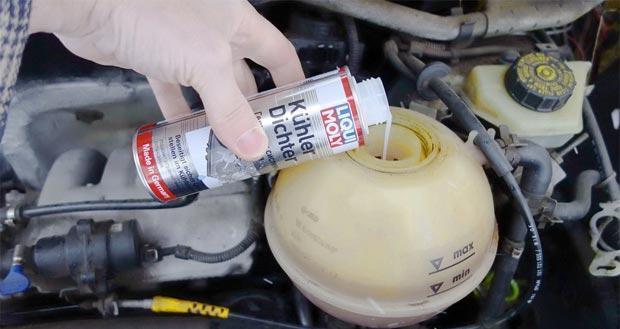

In the general case, the sealant operation algorithm is as follows:
- after a leak is detected, the engine stops;
- when the engine cools down to a safe temperature, the cap of the expansion tank of the cooling system is unscrewed;
- radiator sealant is poured strictly in compliance with the manufacturer's dosage;
- topped up to the level of coolant;
- the engine starts and runs until the leak stops;
- coolant is added again to the required level;
- the car is operated in normal mode until the malfunction is eliminated.
As a rule, sealant manufacturers recommend flushing the cooling system after repairs to remove any remaining product.
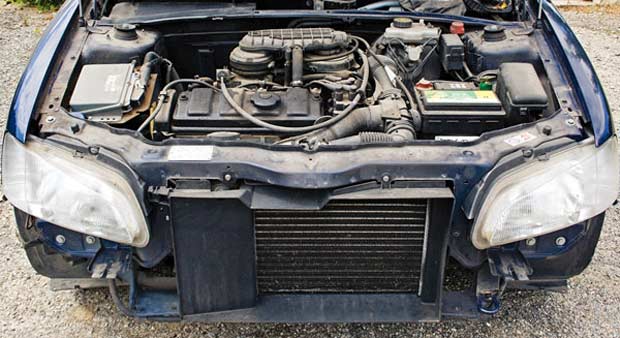

A Brief Overview of Popular Radiator Sealants
Consider several popular sealants for radiators that are found in Russia today.
- Hi-Gear Rdiator Stop Leak. One of the most popular means. The cost is in the range from 350 to 450 rubles. Closes even significant leaks with a maximum linear size of up to 2 mm. Works with both pinpoint leaks and breakouts in the form of cracks. The tool is able to eliminate leakage through the gaskets and at the joints of the nozzles.
- Liqui MolyKuhler poet. It costs about the same as a similar tool from Hi-Gear: around 400 rubles. It is widely popular among Russian motorists and has a good reputation. Seals leaks with a maximum damage size of up to 2 mm.
- Lavr Radiator Sealant. Domestic inexpensive remedy. The average market price fluctuates around 200 rubles. Guaranteed to cope with small leaks, the size of which does not exceed 2 mm. It has been experimentally proven that, given time and a sufficient amount of antifreeze, it is able to close larger holes, up to 3 mm. However, in real conditions, such leaks, as a rule, do not stop completely.
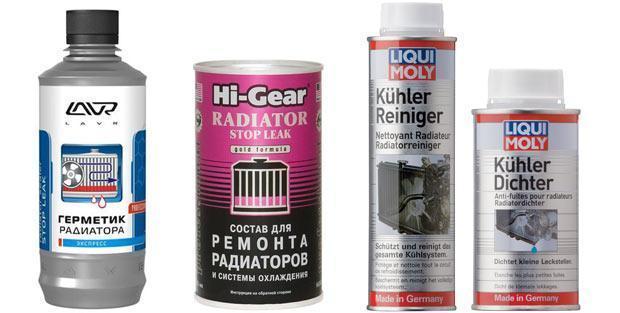

- MANNOL Radiator Leak-Stop. Perhaps one of the fastest tools. The price per bottle is an average of 200 rubles. Eliminates small leaks effectively and quickly. Holes larger than 2 mm are not sealed.
- Sonax Radiator Sealant and Protectant. Inexpensive composition aimed at combating small leaks. The features include the successful fight against depressurized small-scale areas for a long time.
- BBF Super. Budget tool. The price for a package is about 100 rubles. Works well only with small breakdowns in the cooling system. It will allow you to get to the house on a leaky radiator or with a cracked pipe in the event that the size of the resulting hole does not exceed 1 mm.


All of the above means, according to manufacturers, do not form traffic jams in the cooling system. This statement is true only for a fully functional and "healthy" system.


Watch this video on YouTube
Reviews of motorists
Among the reviews of motorists that can be found on the Internet, there are both positive and extremely negative. And if you try to delve thoughtfully into the essence of the question, why does it happen that the same tool helps one driver, while the other leads to the collapse of the entire cooling system with clogged cells of the stove radiator and even plugs in the channels of the head of the block - everything becomes extremely clear .
The problem lies in two fundamentally important points:
- discrepancy between the driver's expectations and the real effect that the radiator sealant can give;
- use of sealant not according to the instructions or in a cooling system with significant defects.
Everything seems to be clear on the first point: there is a hole in the pipe into which you can insert a finger - and the sealant is to blame, which is not capable of anything.
And in the second case, there are several important aspects that should be considered before using the tool.
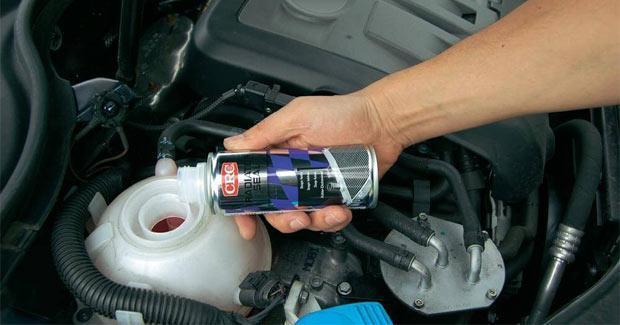

Firstly, if the car once worked on water, then a lot of deposits can accumulate in its channels. And sealants, no matter what the manufacturers say, can still clog thin passages. This will be a fatal factor if a plug forms, for example, in the head of the block. The cylinder will stop cooling and thermal damage to the piston or cylinder bore will occur.
Secondly, you need to follow the manufacturer's instructions. Exceeding the concentration of sealant will increase the risk of sedimentation and plugging.
Therefore, it is necessary to use sealant for radiators only in an emergency, if this is really a forced short-term measure. It will not be possible to fill in the sealant and successfully drive for years with a leaky cooling system.


Watch this video on YouTube

